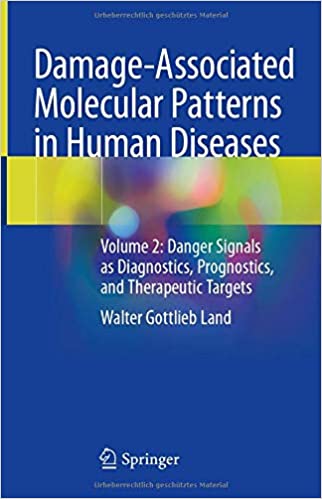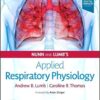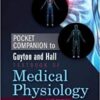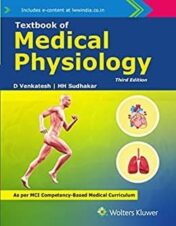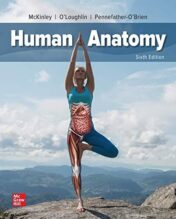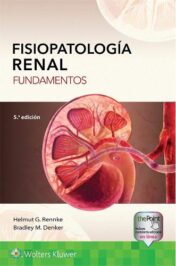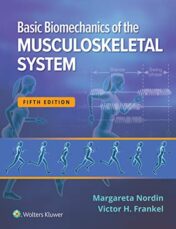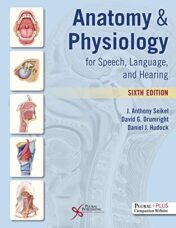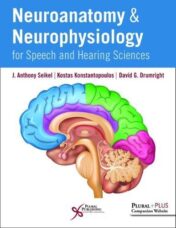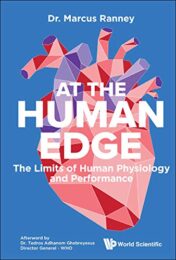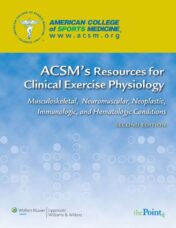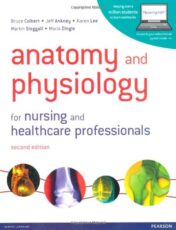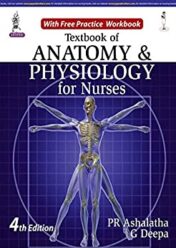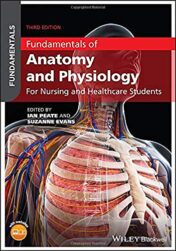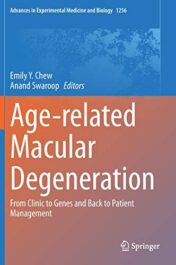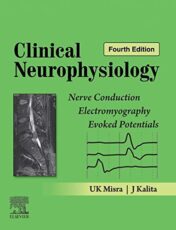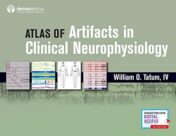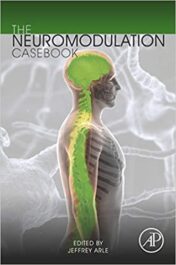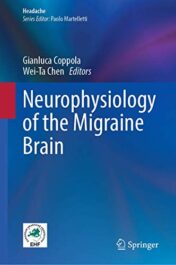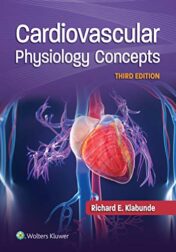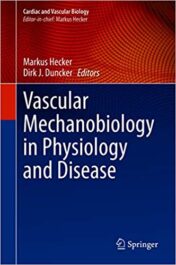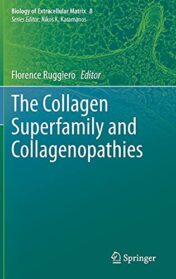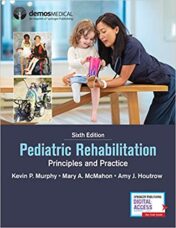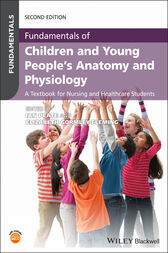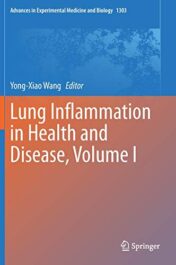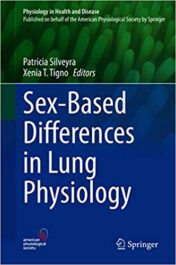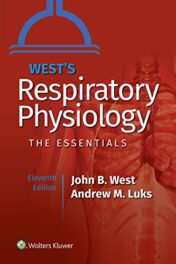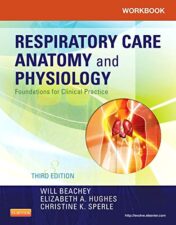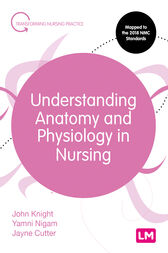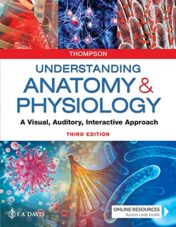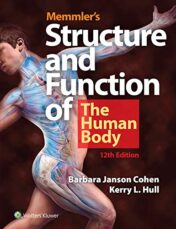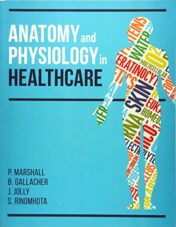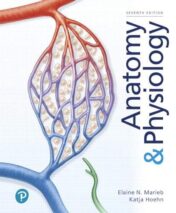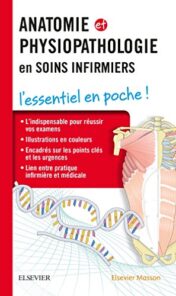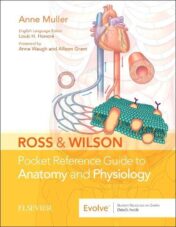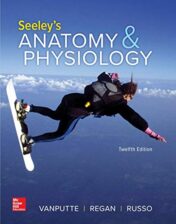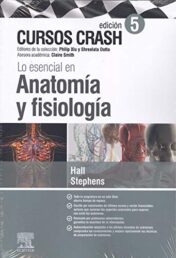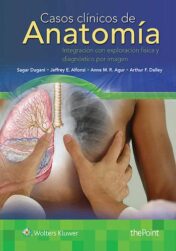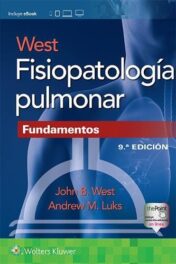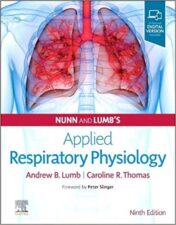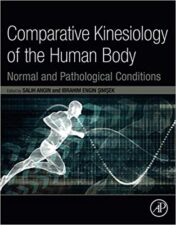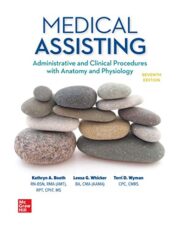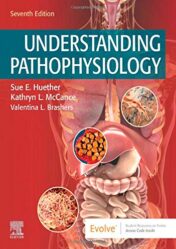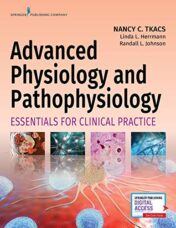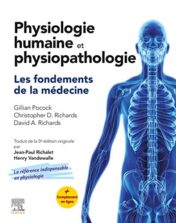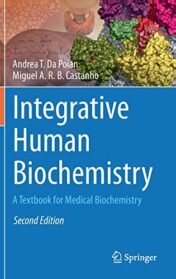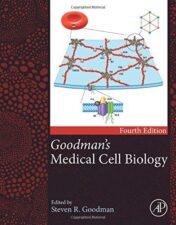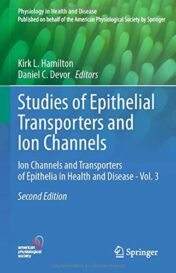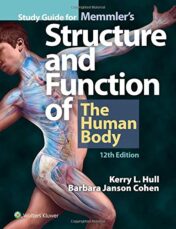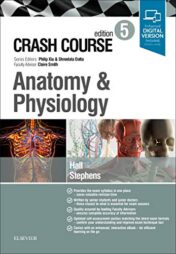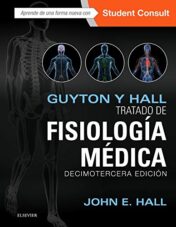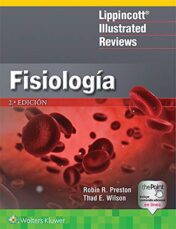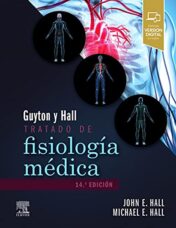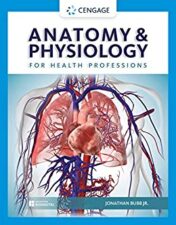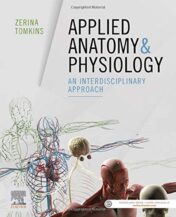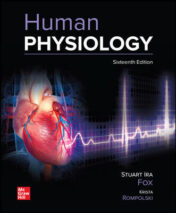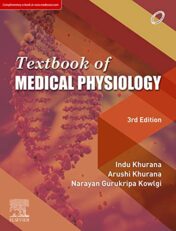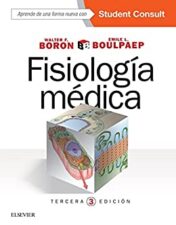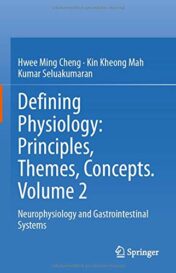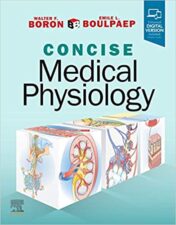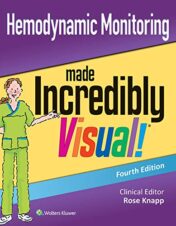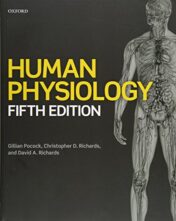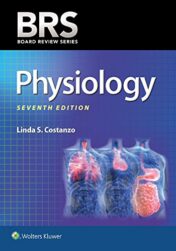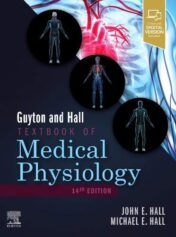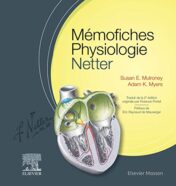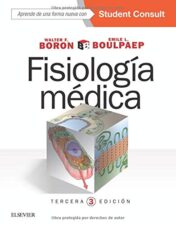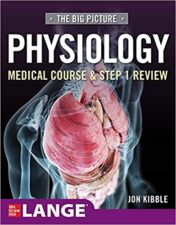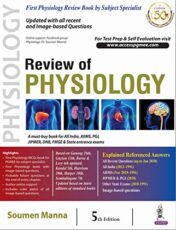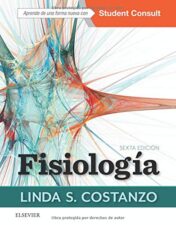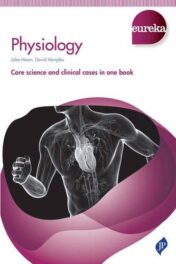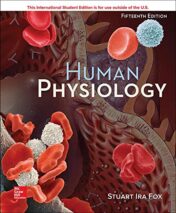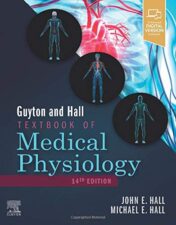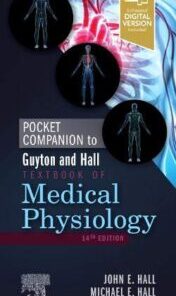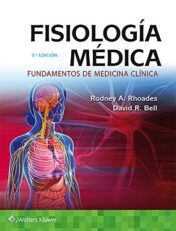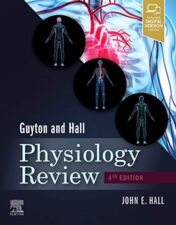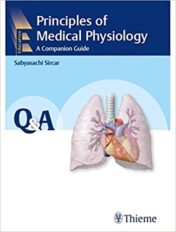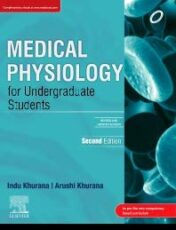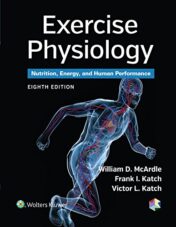Damage-Associated Molecular Patterns in Human Diseases: Volume 2: Danger Signals as Diagnostics, Prognostics, and Therapeutic Targets 1st ed. 2020 Edition PDF
$29
by Walter Gottlieb Land (Author)
- Publisher : Springer; 1st ed. 2020 edition (September 20, 2020)
- Language: : English
- Hardcover : 668 pages
- ==========================+======================
-
Note : We will send ebook download link after confirmation of payment via paypal success
Payment methods: Visa or master card (Paypal)
Damage-Associated Molecular Patterns in Human Diseases: Volume 2: Danger Signals as Diagnostics, Prognostics, and Therapeutic Targets 1st ed. 2020 Edition PDF
This book is a continuance of the topic: “DAMPs in Human Diseases”, the basics of which were described in a first volume by the same author. This second volume presents our current understanding of the impact of sterile stress/injury-induced innate immune responses on the etiopathogenesis of human diseases by focusing on those diseases that are pathogenetically dominated by DAMPs, i.e., on polytrauma, various solid organ injuries (brain, lung, kidney, liver), atherosclerosis, and cerebro-cardiovascular diseases.
Our growing understanding of the pathogenetic function of activating DAMPs and suppressive DAMPs (“SAMPs”) is used as a point of departure to explore how these molecules can be used as biomarkers to extend and improve current diagnostic and prognostic modalities.
Moreover, this new knowledge about the pathogenetic function of DAMPs and SAMPs is taken as a sound and plausible reason for discussing their implications for present and future treatment of the diseases addressed here. In this context, the focus is on the potential of DAMPs as future therapeutic targets and SAMPs as future therapeutics, applied in strict compliance with safety precautions, as also recommended in this work.
The book is intended for professionals from all medical and paramedical disciplines who are interested in applying innovative data from inflammation and immunity research to clinical practice. The readership will include practitioners and clinicians working in the broad field of acute and chronic inflammatory/fibrotic diseases, in particular, traumatologists and intensivists; neurologists and neurosurgeons; cardiologists and cardiac surgeons; pulmonologists and thoracic surgeons; vascular surgeons; nephrologists; gastroenterologists and hepatologists; and pharmacists.
Also available: Damage-Associated Molecular Patterns in Human Diseases – Vol. 1: Injury-Induced Innate Immune Responses
Product details
Related Products
Physiology Books
Physiology Books
Textbook of Medical Physiology, 3rd edition Original PDF 2020
Physiology Books
Physiology Books
Physiology Books
Physiology and Nutrition for Amateur Wrestling (Original PDF)
Physiology Books
Physiology Books
Physiology Books
Physiology Books
Sports Physiology – Medical School Crash Course (Original PDF)
Physiology Books
Physiology Books
Atlas of Artifacts in Clinical Neurophysiology (Original PDF)
Physiology Books
Physiology Books
Physiology Books
Physiology Books
Physiology Books
Vascular Mechanobiology in Physiology and Disease (Original PDF)
Physiology Books
The Collagen Superfamily and Collagenopathies (Original PDF)
Physiology Books
Physiology Books
West’s Respiratory Physiology, 11ed (ePub+azw3+Converted PDF)
Physiology Books
Understanding Anatomy and Physiology in Nursing (Original PDF)
Physiology Books
Physiology Books
Essentials of Anatomy & Physiology (8th Edition) Original PDF
Physiology Books
Anatomy & Physiology (Elaine Marieb) (7th Edition) Original PDF
Physiology Books
Anatomie Et Physiopathologie En Soins Infirmiers (French Edition)
Physiology Books
Ross & Wilson Pocket Reference Guide to Anatomy and Physiology
Physiology Books
Physiology Books
Physiology Books
Physiology Books
Crash Course Anatomy and Physiology, 5th Edition (ORIGINAL PDF)
Physiology Books
Physiology Books
Guyton & Hall Tratado De Fisiologia Medica 14⪠Ed (Original PDF)
Physiology Books
Physiology Books
Physiology Books
Physiology Books
Fisiología médica (Boron), 3e (Spanish Edition) (Original PDF)
Physiology Books
Physiology Books
Physiology of Human Reproduction: Notes for Students (Original PDF)
Physiology Books
Physiology Books
Human Physiology, 5th Edition – Gillian Pocock (ORIGINAL PDF)
Physiology Books
BRS Physiology (Board Review Series), 7th Edition (High Quality PDF)
Physiology Books
Physiology Books
Physiology Books

